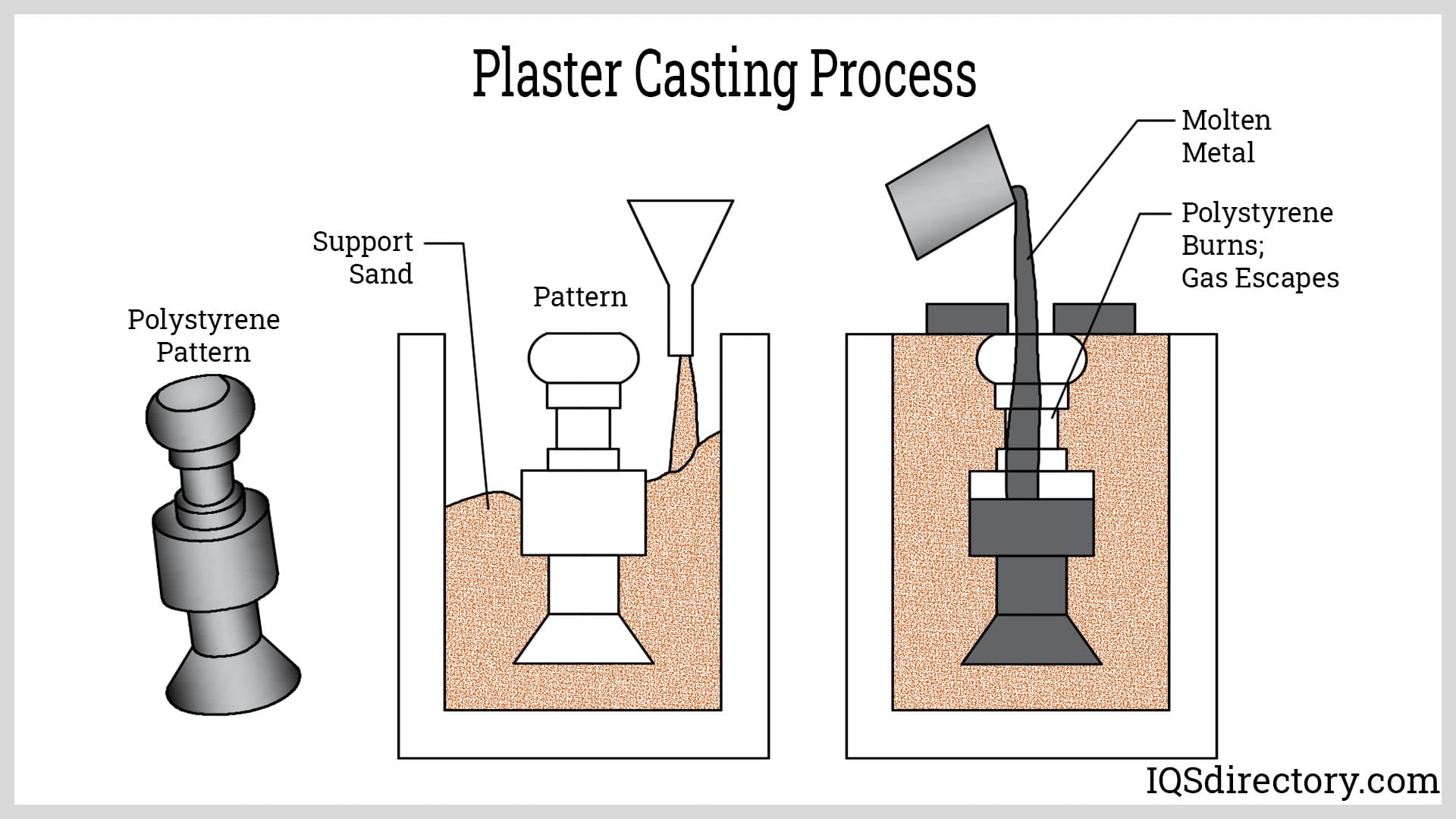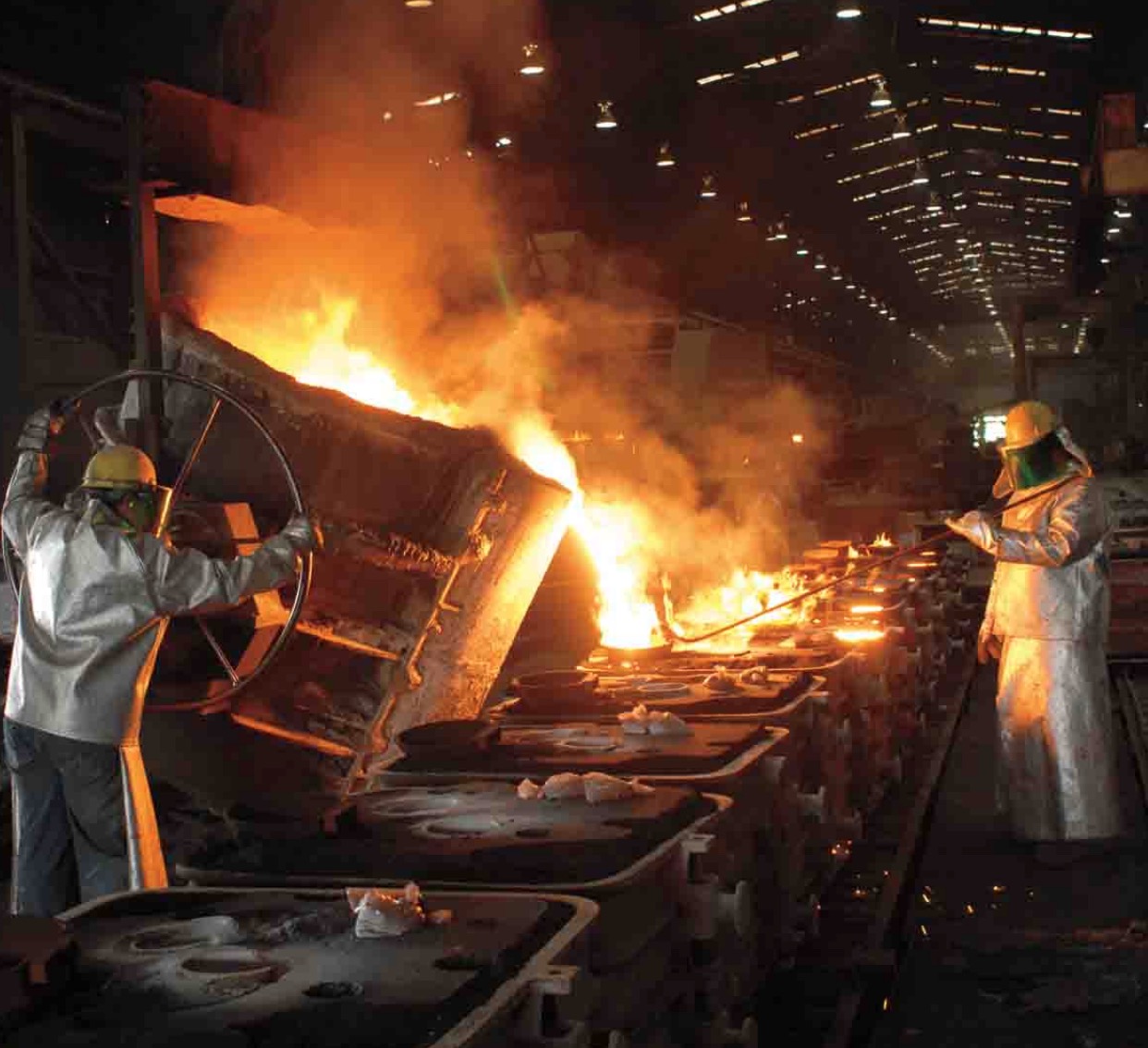Picking the right person for a big part, like the main character in a story about a masked hero, is quite a monumental task. It's not just about finding someone who looks the part, you know, or can deliver lines with a certain flair. It's about a deep, almost invisible kind of fitting, where the person chosen somehow embodies the very spirit of the role, making it feel absolutely natural and believable to anyone watching. This process of selecting a performer for a key role often involves a lot of thought and careful consideration, trying to make sure every piece of the puzzle lines up just so, for the story to truly come alive.
When you think about bringing a legendary figure, someone like Batman, to the big screen, the decision of who plays him carries a tremendous amount of weight. It's a choice that can shape how audiences see the character for years, perhaps even for generations. The people making these big decisions have to look beyond just surface appearances, really getting down to what makes a performer tick and how their inner qualities might match the demands of such an iconic presence. It's a bit like trying to make sure that when you put something together, all the bits and pieces fit together perfectly, allowing the whole thing to work as intended, smoothly and without any hitches, or so it seems.
This whole idea of finding the ideal match, of truly *casting* someone into a role, carries with it a surprising amount of thought, a kind of quiet precision that often goes unnoticed by most folks. It's not always as simple as just picking the first person who walks through the door; there are layers to consider, nuances to explore, and a definite need to make sure the chosen individual doesn't just act the part, but genuinely becomes it, in a way that resonates with everyone. So, let's talk a little about what goes into this sort of selection, thinking about the many facets involved when someone is picked for a very significant character, especially one that carries so much history and expectation.
Table of Contents
- The Nuance of Choosing - Is it a Convert or a Cast?
- Discerning the Actor's Core - How Do We Parse Their Talent?
- Defining the Role's Qualities - What's in the Character's Blueprint?
- The True or False of a Performer - Does the Actor Just Fit?
- Transforming the Actor's Input - Can We Reshape Their Presentation?
- The Unseen Hurdles in Selection - Why Does It Feel So Tricky?
- The Significance of Precision in Casting Batman Begins
- Understanding the Outcome - What Does the Final Decision Show?
Before we get into the heart of how casting decisions are made, it's worth noting that this discussion focuses on the conceptual aspects of choosing a performer for a role like Batman, drawing parallels from various forms of precise selection and transformation. We won't be providing specific biographical details or personal data about any particular actor or individual, as our source material doesn't contain that kind of information. Our goal is to explore the general principles behind making such a significant choice, using broader ideas to illustrate the points.
The Nuance of Choosing - Is it a Convert or a Cast?
When you think about putting someone into a big part, like the lead in a story about a caped crusader, you might wonder if you're simply changing them a little bit to fit, or if you're truly making them into something new, something that deeply matches the role. It's like asking if you just "convert" an actor, making some small adjustments, or if you actually "cast" them, which implies a more profound transformation. You see, there's a difference between just altering something a bit and truly molding it into a specific shape. For instance, if you have a number and you just want to show it in a different way, that's one thing. But if you're taking something that started as one kind of thing and making it fundamentally another, that's a whole other story. So, when it comes to casting Batman Begins, are we talking about a surface-level adjustment or a deeper, more fundamental shift for the performer? That's a question that really gets you thinking about the essence of the choice.
Consider this: sometimes you have a piece of information, and you just want it to appear in a slightly different format, or maybe be treated as a different kind of item for a moment. That's a bit like a straightforward switch, where the core thing remains pretty much the same, just presented differently. But then there are times when you need to take something raw and truly give it a new identity, a new purpose. This second kind of change, where something is truly given a new form, is often what people mean when they talk about a real "cast." It helps to avoid confusion, for example, if you write something that implies a deep change, you want that meaning to be clear. In the context of picking someone for a major character, the hope is often for that deeper transformation, where the actor doesn't just play the part but truly embodies it, almost becoming the character in a way that feels completely right. This distinction is quite important, perhaps more than people usually consider.
Discerning the Actor's Core - How Do We Parse Their Talent?
When someone is looking for the right person to play a significant character, like in the process of casting Batman Begins, they're trying to figure out what makes a performer truly suitable. There are, in a way, two main approaches to understanding what an actor brings to the table. One approach is to really look at their raw talent, to sort of "parse" what they're made of, to break down their abilities into individual components. This is about seeing their natural skills, their inherent strengths, and how they naturally express themselves. It's about understanding the raw data, if you will, of their performance capabilities. You're trying to read them, to understand their potential without forcing it into a preconceived box. This method focuses on discovery, on seeing what's already there and how it might naturally align with the role, just a little bit.
The other way to approach it, in some respects, is to try and change their very "type" to fit the part. This isn't about seeing their natural abilities as much as it is about trying to mold them into something specific, even if it's not their most natural inclination. It's about taking their existing form and trying to force it into a new shape, perhaps making them into a "number" when they started as a "string," so to speak. All of the tricks that people talk about, like various methods to make something fit, often fall into this category. The question for those doing the picking is which method truly serves the role better: trying to understand and use an actor's intrinsic qualities, or trying to reshape them entirely to meet the demands of the character. This choice can significantly impact the final portrayal, you know, making it feel either genuine or a bit forced.
Defining the Role's Qualities - What's in the Character's Blueprint?
Before you can even begin to think about finding the right person for a part, especially a character as layered as Batman, you first need to have a very clear idea of what that character actually is. It's like having a set of specific attributes or qualities that the role absolutely needs to have. I mean, you might have a general idea, but getting down to the specifics is what really helps. For instance, if you have a group of distinct categories, let's say for different aspects of a project, and each one has a particular value associated with it, like a "role" having a value of '2' or "project funding" having a value of '3', these are like internal definitions. These definitions help to outline the character's core identity, what they represent, and what their purpose is within the story. It's about creating a blueprint, essentially, for the character you want to bring to life, and that blueprint guides the entire selection process, pretty much.
When you're trying to find someone for a character, you're essentially looking for a performer who can embody these defined qualities. It's similar to when you're reading information from a document, like a list of details in a file, and you want to make sure a particular piece of information, say an "id" number, is treated as a whole number. You want to specify that the information in that spot should be of a certain kind, like an integer, because that's how it makes sense for the overall picture. The challenge, however, sometimes comes when the information you're getting isn't quite in the form you expect. Perhaps the "id" series, which should contain whole numbers, has some odd bits that make it tricky to simply declare it as an integer type. This means that even with a clear blueprint, the actual process of matching can present its own little puzzles, or so it seems, making the task of casting Batman Begins a bit more involved than just a simple checklist.
The True or False of a Performer - Does the Actor Just Fit?
When you're trying to decide if an actor is the right fit for a part, especially a very specific one like Batman, there's a kind of straightforward logic that often comes into play. It's a bit like determining if something is simply "true" or "false." The usual way of thinking about whether someone is a good match for a role often boils down to this: some performers, almost instinctively, just feel wrong for the part, like certain things are clearly "false" in a logical sense. These might be actors whose presence or style just doesn't align with the character's spirit, no matter how talented they are in other areas. They just don't quite click, you know, for that particular role. On the other hand, there are those who, for whatever reason, feel completely "true" to the part, as if they were made for it. So, I generally suggest looking for that clear, undeniable sense of rightness.
This idea of a clear "true" or "false" fit can be really helpful in narrowing down choices for casting Batman Begins. It's about recognizing those performers who, when they step into the audition room, just *are* the character, or at least have that strong, undeniable spark. Their very presence, their mannerisms, their voice – everything about them just screams "this is it." And then there are others, who, despite their best efforts, just don't quite hit that mark. They might be good actors, absolutely, but for this specific role, they just don't register as a "true" match. It's about that gut feeling, that immediate recognition that some things just work, and others don't, which is quite often the case in these kinds of choices.
Transforming the Actor's Input - Can We Reshape Their Presentation?
Once you've got a potential actor in mind for a role, like when you're thinking about casting Batman Begins, the next step often involves how you work with what they bring to the table. It's about taking their raw performance, their natural way of being, and shaping it precisely for the character. This is a bit like taking a number, say a whole number, and needing to present it as a string of characters without changing its actual value, or taking a decimal number and making it a string without losing any of its precision. You want to capture the essence of what the actor offers but refine it, make it fit the specific contours of the role without losing any of its original quality. You're trying to get their input, their natural expressions, and make sure they come across exactly as needed for the story, you know, without rounding off any important edges.
This process of refining an actor's input is incredibly important. It's about making sure that every nuance of their performance aligns with the character's demands. For instance, if you were trying to get information from someone, you'd want to make sure you're getting numbers back, not just random words. You'd want to use methods that specifically help you read those inputs as numerical values, ensuring accuracy and usability. Similarly, with an actor, you're guiding their performance to meet the exact requirements of the role, making sure
Related Resources:



Detail Author:
- Name : Jamaal Larkin
- Username : tara.bergnaum
- Email : allan.beer@hotmail.com
- Birthdate : 2006-04-26
- Address : 96192 Rocio Gardens Apt. 678 Erikaport, SC 70576-4177
- Phone : (364) 723-7143
- Company : Legros Inc
- Job : Sewing Machine Operator
- Bio : Magni quo corporis debitis eos voluptatem enim expedita soluta. Numquam ipsum quaerat distinctio qui et vel. Iste dolorum impedit eius aut aliquid expedita ad. Qui vel id hic molestias et quod.
Socials
facebook:
- url : https://facebook.com/katelinstroman
- username : katelinstroman
- bio : Cumque in incidunt vel odio quia qui neque.
- followers : 6696
- following : 2620
linkedin:
- url : https://linkedin.com/in/katelin907
- username : katelin907
- bio : Magni perspiciatis nulla dignissimos incidunt.
- followers : 5083
- following : 1424
tiktok:
- url : https://tiktok.com/@katelinstroman
- username : katelinstroman
- bio : Consectetur eveniet ipsa architecto id. Nulla nobis omnis nam porro aut et.
- followers : 4036
- following : 1932
instagram:
- url : https://instagram.com/katelin_stroman
- username : katelin_stroman
- bio : Ut deleniti sunt minima. Molestiae a labore sint. Nemo amet non ex voluptas incidunt.
- followers : 3720
- following : 2166
twitter:
- url : https://twitter.com/stroman1999
- username : stroman1999
- bio : Eius laborum eos enim sit est et ea necessitatibus. Aliquam quis repellat et quis architecto. Est dolor ut libero.
- followers : 2479
- following : 437